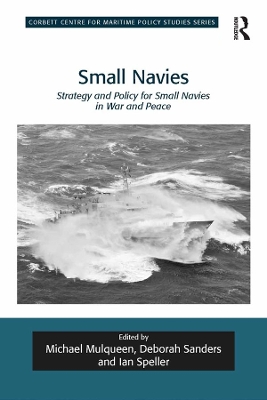Corbett Centre for Maritime Policy Studies
2 total works
Maritime Power in the Black Sea provides the first comprehensive assessment and evaluation of the comparative maritime power of the six littoral states in the Black Sea - Turkey, Russia, Ukraine, Georgia, Romania and Bulgaria. This book examines the maritime capabilities and assets of each of the six littoral Black Sea states and also considers the implications of the distribution of maritime power on both regional and international security. As such it makes an important contribution to the debate about what constitutes maritime power in the twenty first century and provides a thematic comparative study of the ability of each of the littoral states of the Black Sea to project maritime power.
Whilst maritime studies tend to reflect the dominance of large navies, history shows how relatively small naval forces can have a disproportionately large impact on global events. From Confederate commerce raiders in the nineteenth century, to Somali pirates today, even the most minor of maritime forces can become a key player on a global stage. Examining a broad range of examples, this volume addresses the roles and activities of small navies in the past and the present at the national, regional and international level. In particular, it focusses on the different ways in which such forces have identified and addressed national and international security challenges and the way in which they interact with other navies and security agencies. In addition the collection also investigates the relationship of such navies with non-governmental organisations, institutions and bodies in pursuit of broader maritime goals, be they political, financial or environmental. Adopting an interdisciplinary approach drawing on the best new research from the fields of international relations, security studies, strategic studies and maritime history, the book examines the diversity of experience amongst different smaller navies and also establishes areas of similarity. Divided into two sections, part one begins with a number of chapters that are theoretical in nature, whilst part two provides case studies that offer a more regional focus, including analysis of the challenges facing contemporary navies and historical case studies designed to reveal the experience of small navies over time. By adopting an approach that combines historical considerations with analysis of current events, the collection offers a unique perspective on the role that small navies have played in wider nautical affairs and their continued impact upon global maritime strategies.

